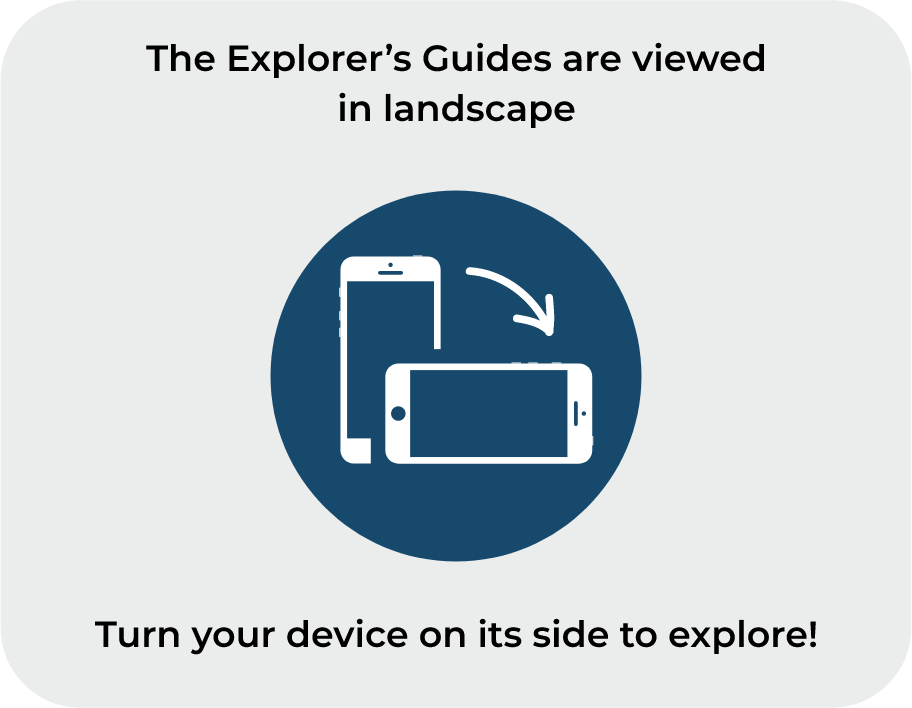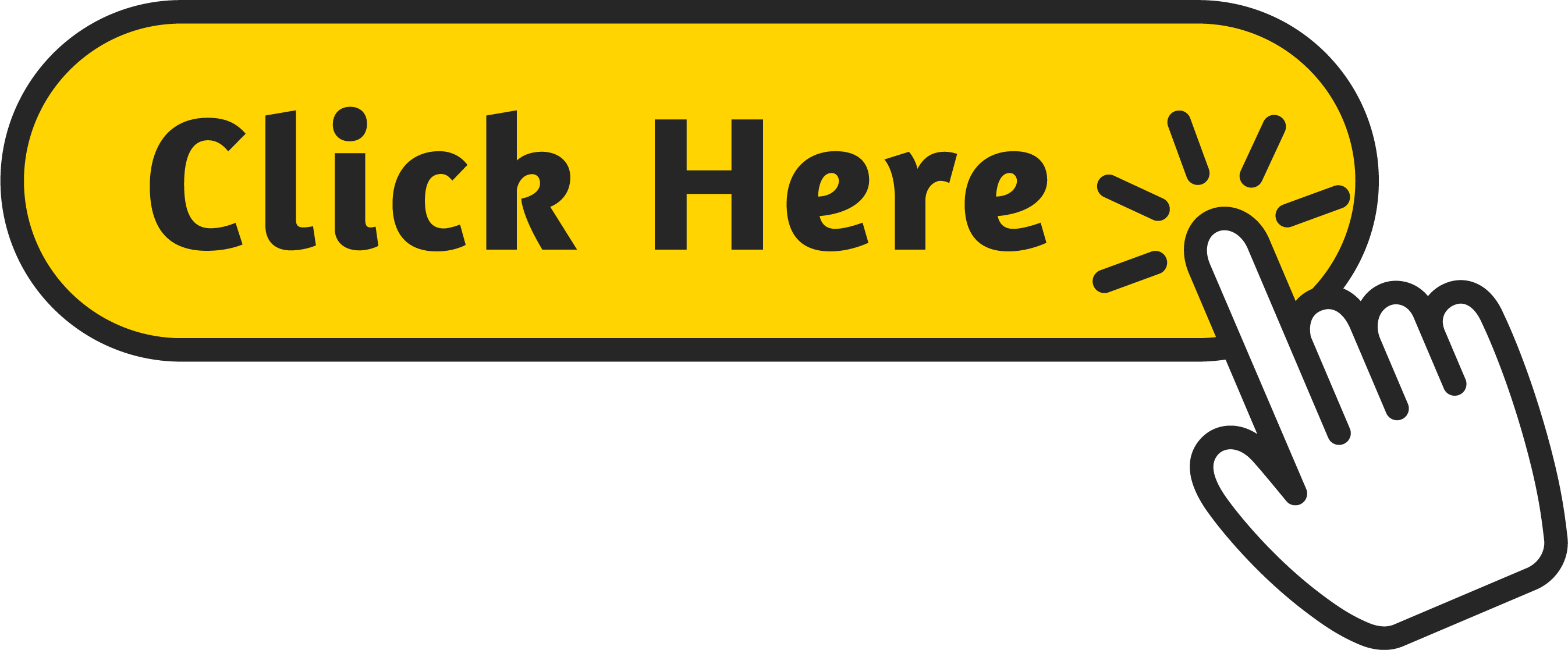

Spain

Explorer’s Guide
SPAIN

Welcome
Located in the Northern Hemisphere on the Iberian Peninsula, Spain is the largest country in south western Europe.

FIND SPAIN
Click on the correct country.
THE CAN DO QUIZ

1. What are the colors of the Spanish flag?

A
Blue and yellow

B
Red and yellow

2. In which continent is Spain located?

A
Europe

B
Asia

Did you Know?
The Canary Islands, in the Atlantic Ocean off the coast of Africa, the Balearic Islands in the Mediterranean, and the cities of Ceuta and Melilla, in North Africa, are territories of Spain.

Neighbouring Countries
Hover over a country name below to see it on the map.
DID YOU KNOW?
Spain and Morocco are separated at their narrowest point by about 8 nautical miles. The sea between the two countries is called the Strait of Gibraltar.

REGIONS & PROVINCES

DID YOU KNOW?
Madrid is the capital of the Kingdom of Spain. The government of España, as it is pronounced in Spanish is a Parliamentary Monarchy.

Drag and drop the name of each region or province in Spain to its position on the map.
CLIMATE
DID YOU KNOW?
The climate of Spain is influenced by the plateaus and mountain ranges of its interior. Winters are cold and dry and summers hot. Temperatures along the south and east coast are milder.

Spain has four seasons. Select from the boxes below to see Madrid in each season.
Summer
June to August
Autumn
September to November
Winter
December to February
Spring
March to May





FAMOUS LANDMARKS OF SPAIN

Puerta de Alcalá
The Door of Alcalá was constructed in 1778 as the entry way into the walled city of Madrid. Built of limestone and granite, it measures 19.5 metres (64 feet) at its tallest point. Ornamental statues sit upon each of its five arches.


Bardenas Reales
Located in the southeast corner of Navarre, the Bardenas Reales is a semi arid desert. The soil is made up of clay, chalk and sandstone. Unique plateaus, canyons and landscapes have been created from wind and water erosion.


Las Médulas
Located in the region of Castilla y León is the old Roman gold mining area known as Las Medulas. These caves, tunnels, rock pinnacles and gullies are all that remains of the mountain after the Romans finished removing the gold.


Alhambra
Alhambra is a palace in Granada that was built in the 13th century. The name ‘Alhambra’ means ‘the red’ in Arabic, most likely signifying the reddish colour of the outer walls. Inscribed on the walls are Arabic poems and parts of the Quran.

NATIVE SPANISH ANIMALS

Spanish Bull

Iberian Lynx

Iberian Wolf
Name the animal
Drag and drop the correct name onto the correct animal image
Iberian Wolf
Genet
Iberian Pig
Iberian Lynx
Spanish Bull
Imperial Eagle
Lammergeier

Lammergeier

Imperial Eagle

Genet

Iberian Pig
NATIONAL ANTHEM, FLAG AND CURRENCY

‘Marcha Real’ is the official national anthem of Spain.
Play Anthem
Play Anthem


The national flag of Spain consists of three horizontal stripes, with the middle yellow stripe being twice the size of the outer two red stripes. Within the middle stripe sits a crest made up of six emblems or coat of arms that represent the traditional kingdoms that make up Spain.
The flag was officially adopted in 1981.
The two smaller red stripes stand for strength and valor, while the yellow represents generosity.

DID YOU KNOW?
The currency of Spain is the Euro (€). There are 100 cents in one Euro. Notes come in denominations of €5, €10, €20, €50, €100, €200 and €500
There are eight different denominations of coins, ranging in value from 1, 2, 5, 10, 20 and 50 cent coins to the more valuable 1 and 2 euro coins.


CAN DO KIDS BAND HIGHLIGHTS
Click on one of the Can Do Kids
to hear more about their experience in Spain

The crowd were amazing at our last show. Clapping their hands and stamping their feet to our music. It was cool to visit the 13th century palace of Alhambra and see the Arabic inscriptions on the walls.

Dressed as bullfighters we joined the crowd at the La Plaza De Toros to watch the Pasodoble performed. The energy was incredible. Speaking with the locals I was able to learn about the native animals of Spain.

Spain was so much fun. I had the opportunity to learn many traditional dances off the local people in the places we visited on tour. My favourites were the Sardana, Fandango and the Flamenco. I also loved the costumes.

My favourite part of our tour of Spain was travelling on the speed train. We started in Barcelona with our final stop in Madrid, Spain’s capital. Walking through the archway of the Puerta De Alcalá I imagined how it would have looked several hundred years ago.

The food of Spain was delicious. Learning how to cook a seafood paella with a local family was fun. They also taught me more about the traditional folk music of their area. We took a guided tour, visiting many monuments, each with its own rich history.
CAN DO COOKIES
We use first party and third party cookies to enhance your experience on this site and understand how users intract with our content.
By continuing to navigate this site or closing this message without modifying your browsers settings, you are agreeing to our use of cookies.





